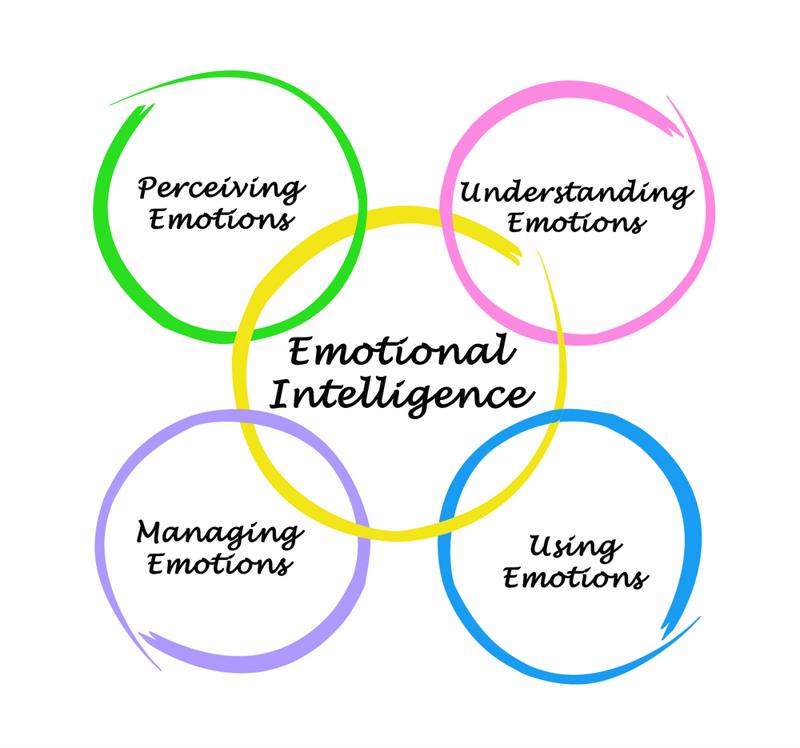
Leading with emotional intelligence: Lessons from Australia’s climate change response
12 Nov 2024
In the face of climate change, Australia's leaders have shown us that it's not just about policy — it's about people. In a landscape of high-stakes decisions and heated debates, emotional intelligence (EI) has become a foundational tool for leaders tackling one of humanity's greatest challenges.
Let's dive into how understanding and applying EI can help navigate complex crises, especially if you're looking to inspire your team, resolve conflicts and make strong, empathetic decisions.
The role of EI in crisis management
Imagine this: you're heading a department dealing with constant shifts in policies, client pressures and stressed team members. Sound familiar? Australia's climate change response has been filled with moments like these, where government officials, environmental advocates and business leaders have been called to lead with emotional insight.
They know that when crisis strikes, you need to look beyond numbers and see the people affected by decisions. EI helps you remain calm, assess the emotional impact and adapt strategies to keep everyone focused and motivated.
Actionable Tip: Use EI to understand the emotional climate around an issue as much as the actual data.
Empathy in leadership: Beyond walking a mile in their shoes
Empathy is more than a fluffy feeling; it's about getting to where your team is at. Australians have grappled with devastating fires, floods and extreme weather events that stir deep anxieties.
Leaders who've stepped up in these times are those who actively listen, acknowledge fears and support their teams through change. Whether it's preparing for new policies or adjusting work to accommodate different processes, EI creates a foundation of trust and shows your team you're in their corner.

Managing conflict with EI
Climate policy debates can be, let's say, "spirited." Leaders with strong EI skills don't shy away from conflict; they lean in. They're tactful and focus on de-escalating tensions by addressing emotions as much as they do facts.
Take cues from Australia's leaders: when faced with divisive views on climate solutions, they've balanced listening to concerns while clearly setting boundaries. These techniques help navigate difficult discussions and find common ground — even when stakes are high.
Inspiring action through emotional intelligence
To lead is to inspire. Australia's climate response teaches us that people are far more likely to act when they feel understood and motivated. Leaders who leverage EI can rally their teams around a shared vision. Even when decisions are tough, teams tend to support initiatives when they feel involved and valued.
Actionable Tip: Highlight individuals or teams who've faced similar challenges and emerged stronger, giving your team a reason to believe in their own abilities.
Balancing logic and emotion
Effective leaders blend facts with empathy, especially with issues as complex as climate change. Emotional intelligence means knowing when to lean on data and when to prioritise human connection.
Australia's climate response has seen moments of hard data-driven decisions and empathetic pauses to consider affected communities. By striking this balance, leaders can make decisions that are both sound and supportive.
Actionable Tip: Frame decisions in ways that connect logically and emotionally. Present the numbers but also explain how they align with the team's core values.
Choosing EI for your leadership toolbox
As a leader, your emotional intelligence can shape how your team experiences change. By learning from Australia's climate response, you equip yourself to lead through high-stress situations. Whether you're helping your team adapt to new initiatives or navigating a complex policy shift, remember: a little empathy goes a long way.
For more tips on emotional intelligence in leadership, check out our Emotional Intelligence course and give your leadership skills an edge.





